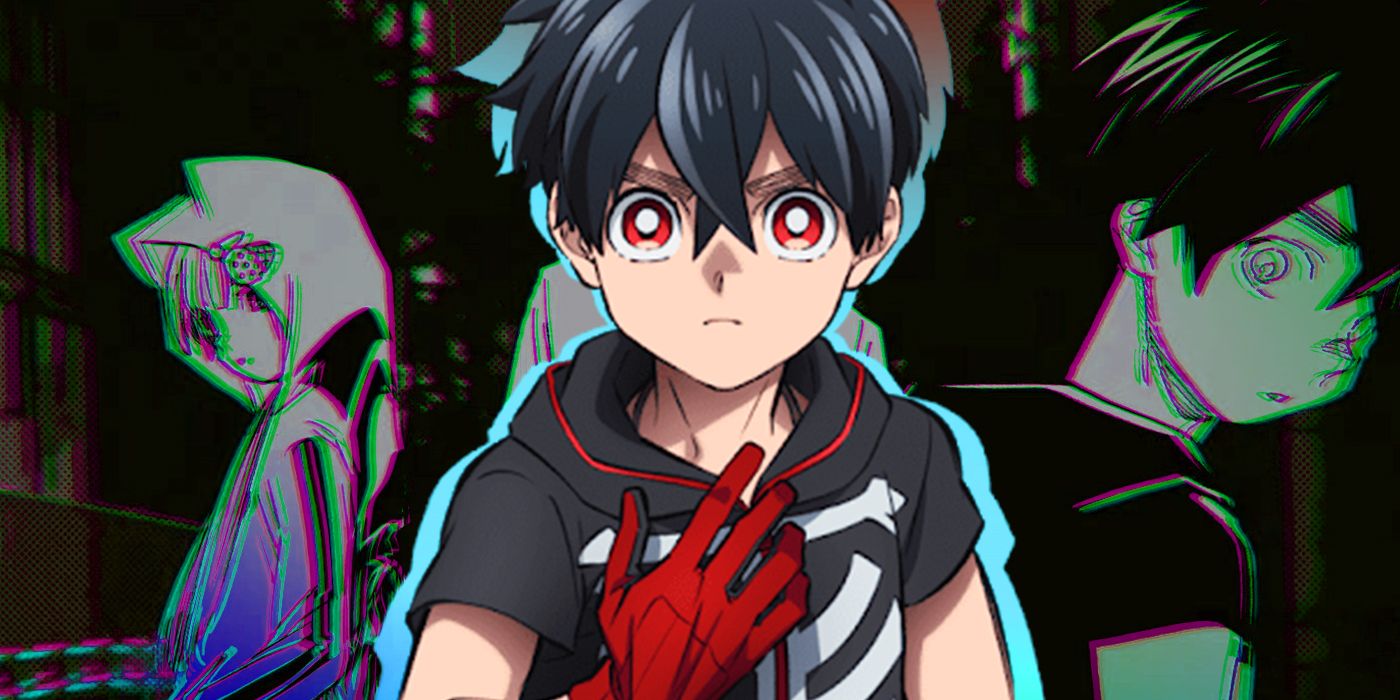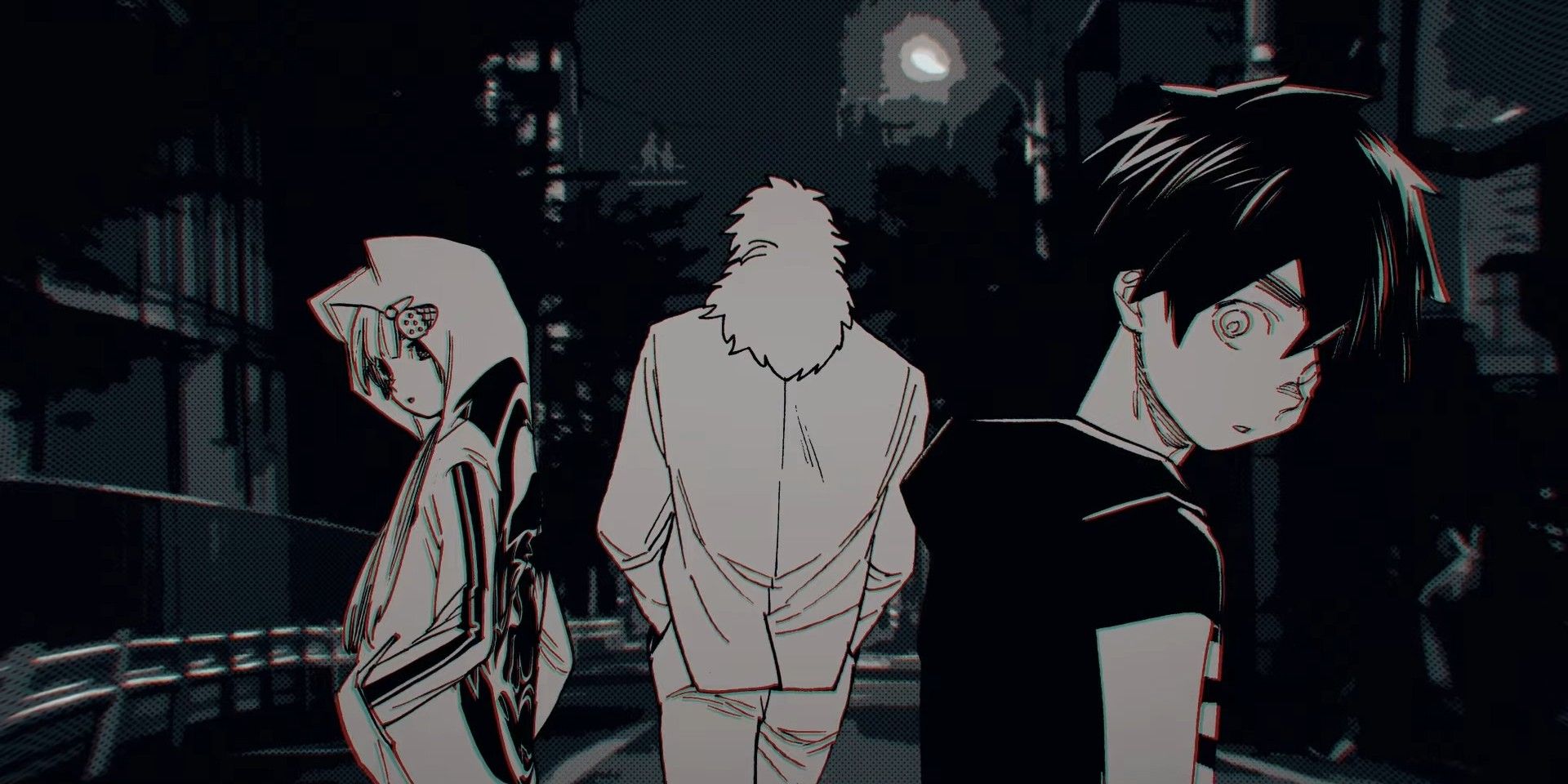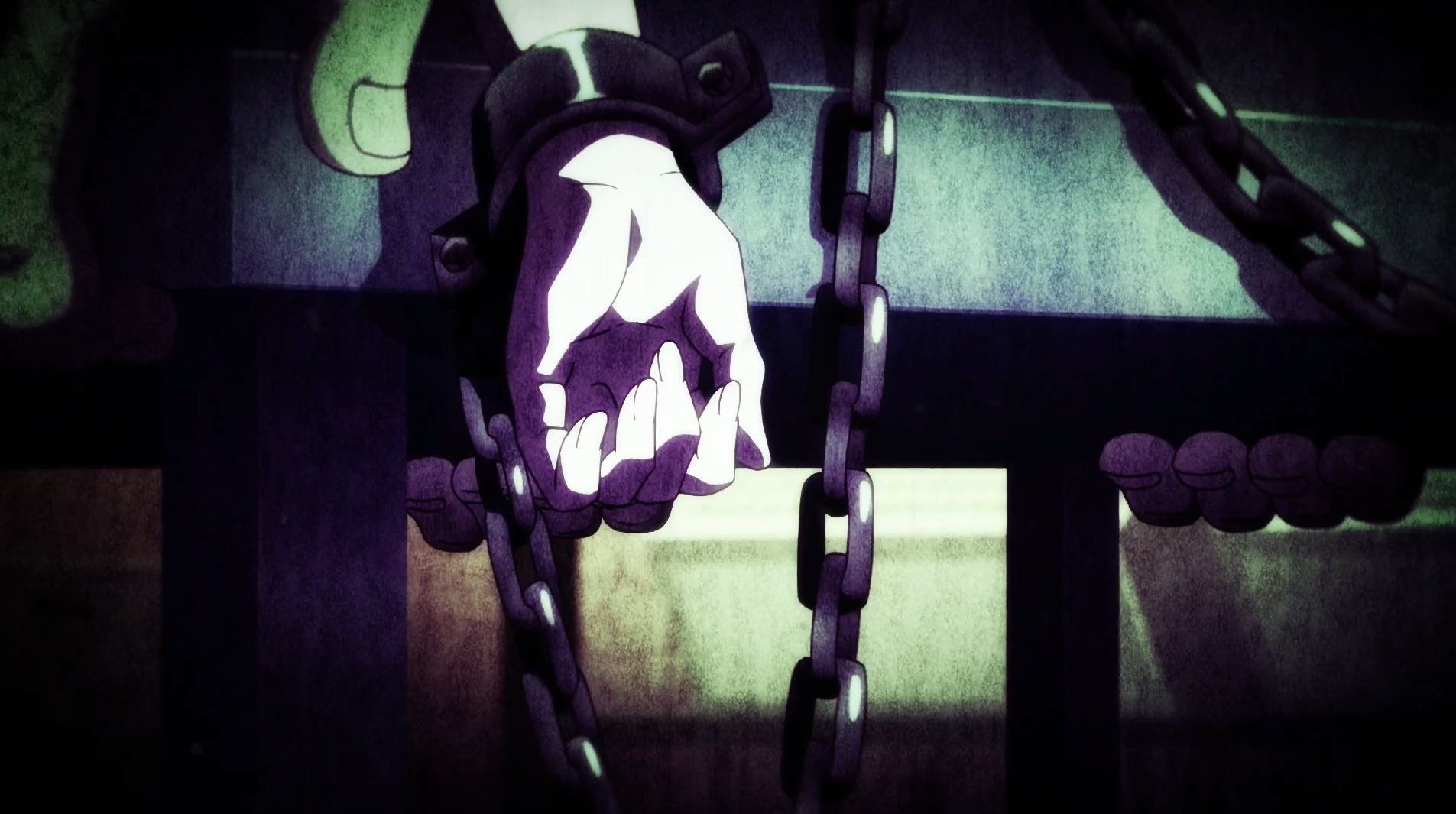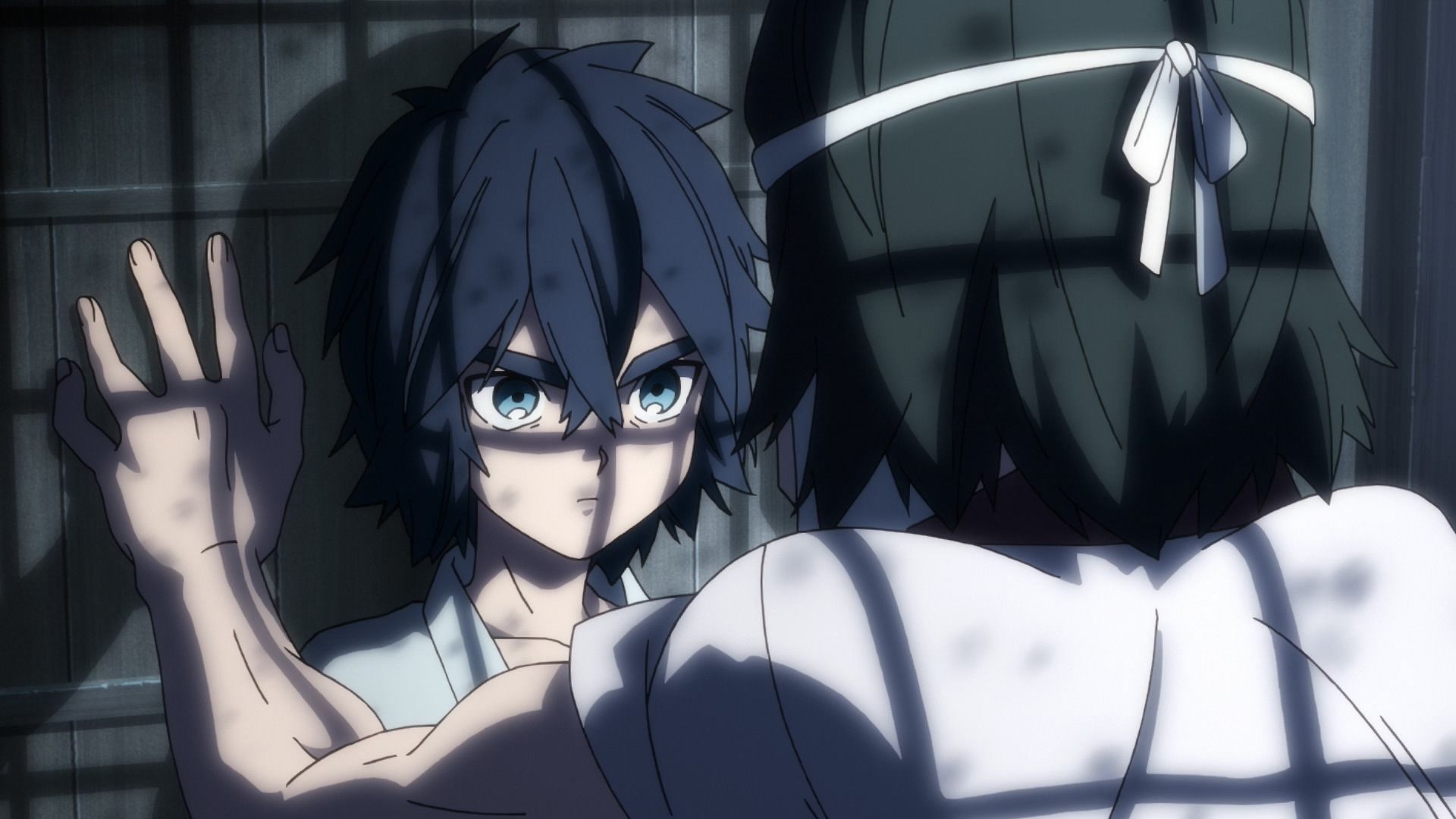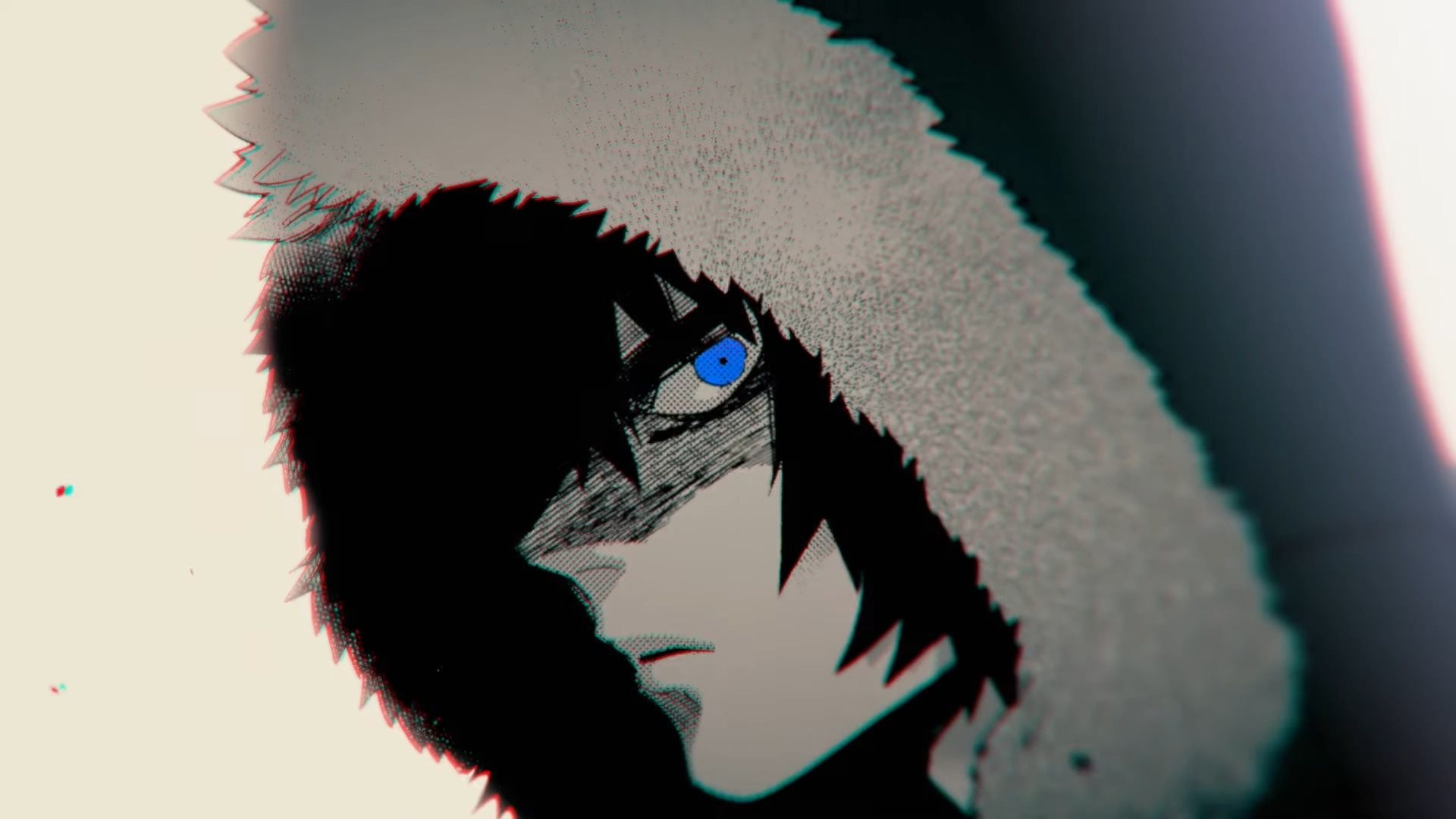WARNING: The following contains spoilers for Kemono Jihen, available to stream on Funimation, and discussion of sexual abuse and violence.
Shonen has recently taken a hard turn towards darker themes, with series like Jujutsu Kaisen and Chainsaw Man rising to prominence and deservedly receiving praise for their more mature take on the genre. But there are also some deceptively lighthearted titles that tell similarly dark stories. One such title is Kemono Jihen, which skillfully presents extremely adult themes in a subtle way, breaking the shonen mold.
Kemono Jihen, or Monster Incidents, has been published monthly in Jump Square since December 2016 and is one of the more underappreciated anime from the Winter 2021 season. One of the reasons why this series has not gotten as much attention as some others is likely because of its child protagonists and conventional art style, which make it come off as a bit immature -- but Kemono Jihen is anything but.
On the surface, the series seems easygoing. It is about a detective agency run by a tanuki named Inugami who cares for and employs three young kemono, or human-animal hybrids: the half-ghoul Kabane, whom Inugami rescued from his abusive aunt, the half-Arachne Shiki and the yuki-onoko, or snow kemono, Akira. Together they solve various cases involving kemono while trying to thwart the evil plans of the kitsune Yoko Inari.
Child labor issues aside, the series follows the shonen formula closely. It features a trio of young characters with distinctive personalities and special powers who become good friends. Together, they help each other grow and overcome various obstacles. Like many shonen protagonists, the main characters each have a tragic backstory that motivates them, but the characters of Kemono Jihen have especially dark pasts that are jarring to discover -- especially because they involve horrific sexual abuse.
Shiki’s backstory involves his Arachne mother, Kumi, who he believes abandoned him. Shiki's search for her is what brought him to Inugami but, over time, Shiki starts to remember pieces of his past that prompt him to investigate further. It turns out Shiki’s uncle was experimenting on Kumi in pursuit of "golden webbing,” a panacea for any illness. The experiments involved forcing Kumi to procreate with different species to create hybrids. Shiki stumbled upon one such experiment, but his uncle hit him on the head, causing him to forget. However, the trauma of what he witnessed remained.
The way the series portrays Kumi's ordeal is subtle, with only a few frames showing other kemono on top of her and a few words about artificial insemination. The real horror of the situation dawns on the viewer, however, when all the hybrid creatures that Kumi had given birth to start to chant Shiki’s name, telling her: “I love you.” Most of the monsters have no independent thought and can only repeat what Kumi said to them when she gave birth -- an expression of her love for Shiki, the reason why she got involved in the experiments.
Kumi’s hellish experience is implied by the number of hybrid creatures she birthed -- no graphic scene could ever be as horrific as the sight of her many mindless creatures chanting her son's name as they emerge from the shadows. It's a scene disturbing and heartbreaking enough to be on par with the Nina scene from Fullmetal Alchemist.
But the disturbing tales of sexual abuse continue on with Akira’s backstory, which is arguably even more horrific because it involves children. Akira is born to a village of yuki-onna, or female snow kemono. He and his twin are rare yuki-onoko -- a male yuki-onna that is only born to the village once every 100 years. In order to preserve the village’s pure bloodline, the yuki-onna only procreates with their own kind, and since there is usually only one male in the village, this person bears the sole responsibility of impregnating all the women in the village.
Akira’s brother Yui learned of their fate at a young age after he saw the previous generation of yuki-onoko, their father, dying alone in a shed. Once Yui reached puberty, he became the chief of the village and took on the previous generation’s "responsibility." But Yui tries to shield Akira from knowing the truth, and in exchange for Akira’s freedom, agrees to stay and continue his obligation.
The manga goes further than the anime, which tones down the more explicit references, but the implication of abuse is clear in several scenes -- from Yui’s disgust towards women to his shocking reaction when he realizes that Akira also reached puberty. Yui becomes withdrawn and cruel after he leaves the village, showing the psychological toll that abuse has on children. It's a very different kind of male character that is typically seen in shonen, wherein teenage boys are often portrayed as sex-obsessed; rarely rejecting advances from women.
While there has been some criticism that the series has too many storylines about sexual abuse, especially considering they happen back-to-back, there is clearly a purpose for these portrayals. Both stories are about sacrificing for love, and those sacrifices are in clear contrast to the abusers’ selfish acts. The stories show that women and men, adults and children can undergo abuse, and the consequences can be equally traumatizing. These storylines also show that the victims have a chance to recover and live a full life. Disturbing as it is, these are messages worth sharing.
The series depicts scenes of sexual abuse without presenting sexualized images of the events. Instead, the focus is kept on the devastation felt by the victims and the burgeoning hatred these experiences created -- which are more than enough to convey their pain. The abusers are also shown in grotesque and unsympathetic ways, leaving no room for doubt over their monstrous behaviors.
Too often, anime romanticizes instances of non-consensual sexual situations in the name of fan service, which gives the wrong impression about consent. In comparison, the uncomfortable feeling that Kemono Jihen leaves its audience with generates a much stronger view of the true horrors of sexual abuse.

